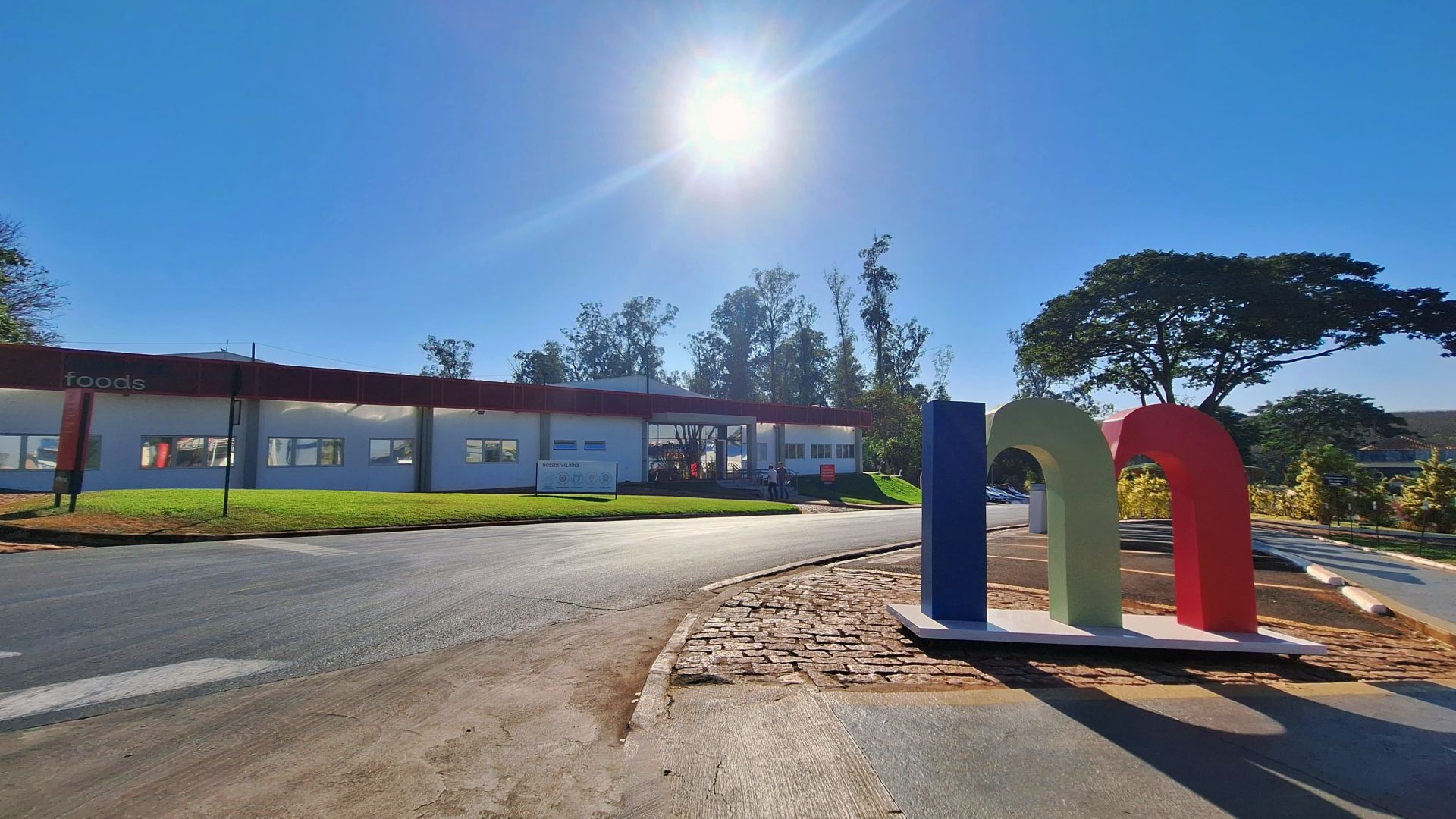The confinement of beef cattle allows for increased productive efficiency of the herd, reducing the age of slaughter, improving carcass finishing and, consequently, yielding higher returns when done with diligence and effectiveness. These advantages, combined with animal welfare, positively influence the characteristics of the final product.
Given the importance of animal quality of life for their performance and considering that confinement can be a challenging environment, especially initially as they are accustomed to grazing, it's essential to adopt some procedures. Key measures include: adapting cattle to new diets and feed troughs, feeding schedules, periodic cleaning of feeders and drinkers, proper animal density, availability of shade, daily health rounds, monitoring animal cleanliness, and human interaction. For this, continuous staff training is crucial to ensure they are equipped to handle and understand cattle to maintain high welfare standards and increase productivity. Such aspects are decisive in characterizing humanitarian and profitable production.
What are the evaluation criteria for the Confinar BEM program?
The audit consists of main criteria, which are field-assessed requirements that directly influence Animal Welfare. These are divided into:
Nutrition: trough space/animal, cleaning of drinkers and troughs, assessment of feces and body condition score, identification of rejected animals.
Health: animal treatment, bloat, lameness, ear and nasal discharge, coughing, sneezing, diarrhea, condition of needle use and disposal.
Environment: animal density, drinkers and feeders in proper maintenance conditions, mud depth management, dust concentration in air, shading.
Behavior: observing attempts of mounting, chases, or fights.
Loading, unloading, and reception: loading dock and holding pen in good condition, reception pens should have shade, roughage offered from a feed rack, and easily accessible water.
Acts of negligence and/or abuse or mistreatment: observations during evaluations of the conditions of animal rearing and handling.
Euthanasia: functional equipment and a detailed description of procedures.
Handling troop: evaluation of hoof problems or lameness, injuries or wounds, body condition scores of equines.
Secondary criteria are requirements evaluated through documentation, based on described protocols and supporting confinement records.
Need more information?
By contacting QIMA you agree to our privacy policy and terms and conditions.
What are the certification criteria for the Confinar BEM program?
The program has three levels of certification: gold, silver, and bronze.
Confinement must achieve a minimum score of compliance in the main criteria ≥ 70% for requirements classified as “critical”, “major”, and “minor”, regardless of the certification level. Additionally, to achieve Gold Level certification, confinement must have more than 50% of pens with shade availability; Silver Level 25 to 50% of pens with shade; and Bronze Level, less than 25%, including no shade availability.
During the audit, no items classified as intentional acts of abuse or neglect can be identified, as this will result in automatic failure. In the case of non-conformities titled critical, they must be immediately halted, when applicable, and a corrective action plan presented. Secondary criteria do not influence the certification decision.
Why choose Animal Welfare Certification for confinements?
Animal Welfare Certification provides various benefits to those involved, including:
Transparency in the production process.
Guarantee of implementation of management best practices ensuring animal welfare.
Possibility to improve the performance of confined animals, by reducing rates of morbidity and mortality.
Assumption of leadership in promoting the concept of sustainable production.
Generate credibility and attract new partners, such as the cattle yard, for example.
Why choose QIMA for Animal Welfare certification for confinements?
Efficient communication and customer service
Responsive and agile technical support at all stages.
Transparent certification process and meeting deadlines.
Proven service quality, with an NPS satisfaction rating of 72 points.
Cost and time optimization
Integrated audits minimizing number of visits and costs.
Simplified processes that reduce operational impact.
Strategic and efficient allocation of auditors.
Leadership in the sector
Pioneering company with over 30 years of experience in food safety, organic certification, and sustainability.
Complete certification ecosystem, from field to table.
Advanced technology for compliance monitoring.
